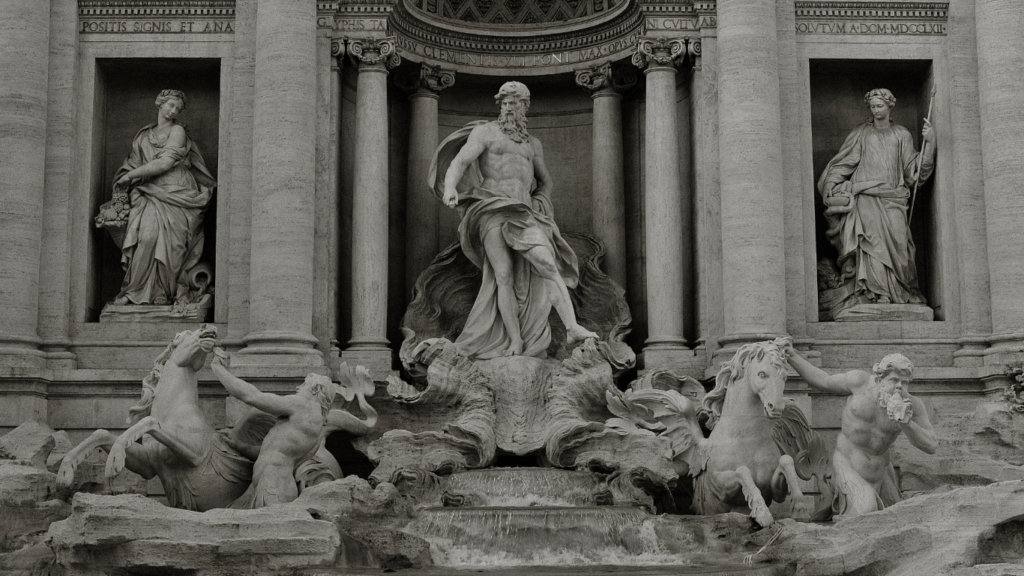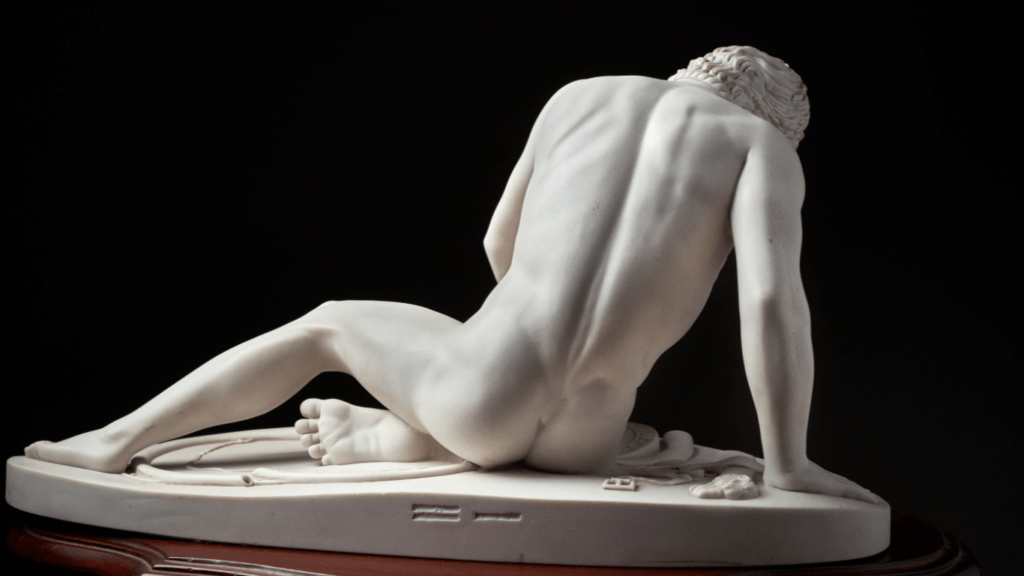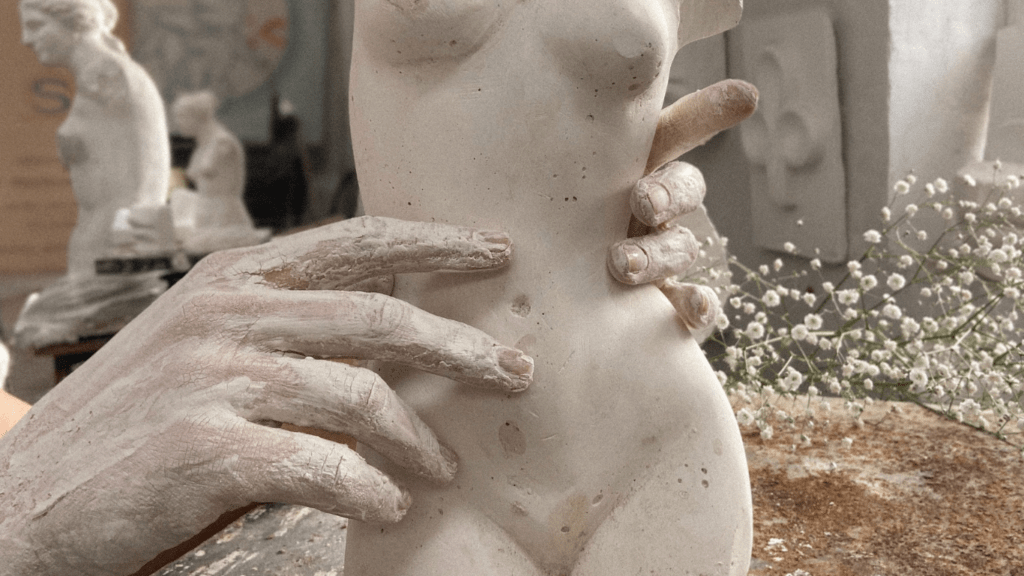Diving into the world of mixed media sculptures opens up a realm of endless creativity and innovation. As an artist, I’ve always been fascinated by the unique blend of materials and techniques that come together to form captivating pieces of art. From combining wood and metal to incorporating textiles and found objects, the possibilities are truly limitless.
In this article, I’ll guide you through the captivating world of mixed media sculptures, exploring the diverse ways artists merge different mediums to craft visually stunning and thought-provoking artworks. Whether you’re a seasoned art enthusiast or someone looking to delve into the realm of sculptural art, understanding the intricacies of mixed media sculptures can offer a fresh perspective on the boundless nature of artistic expression.
Understanding Mixed Media Sculptures
Exploring the realm of mixed media sculptures unveils a world of endless creativity and innovation. Artists harness a unique blend of materials and techniques to craft captivating pieces of art. By combining different mediums like wood and metal or integrating textiles and found objects, artists create visually stunning and thought-provoking artworks. The diverse ways in which artists merge these materials emphasize the boundless nature of artistic expression in mixed media sculptures.
Definition and Origins
Mixed media sculptures refer to artworks created using a combination of different materials and techniques. The origins of this art form can be traced back to the early 20th century when artists began experimenting with blending various materials in their sculptural works. This innovative approach allowed artists to break free from traditional constraints and explore new dimensions of creativity. Mixed media sculptures continue to evolve, offering artists a versatile platform for pushing the boundaries of artistic expression.
Key Components and Materials
The key components of mixed media sculptures include a multitude of materials that artists strategically combine to bring their creative visions to life. Common materials used in mixed media sculptures are wood, metal, clay, textiles, paper, found objects, and even organic elements. By juxtaposing these diverse materials, artists add layers of depth and texture to their sculptural pieces, creating visually dynamic artworks that engage viewers on multiple levels. The strategic selection and juxtaposition of these materials play a crucial role in the overall impact and aesthetic appeal of mixed media sculptures.
Evolution of Mixed Media Sculptures

Mixed media sculptures have undergone a fascinating evolution over the years, representing a blend of traditional and contemporary artistic techniques. This evolution highlights the innovation and versatility of artists working in this medium.
Historical Progression
Throughout history, mixed media sculptures have transitioned from simple combinations of materials to intricate and complex artistic expressions. Artists have continuously pushed the boundaries of creativity by experimenting with various materials and techniques to convey their artistic visions. This progression reflects the ever-changing landscape of art and the willingness of artists to explore new forms of expression.
Influential Artists and Their Works
Several influential artists have made significant contributions to the world of mixed media sculptures. For example, Joseph Cornell’s surreal assemblage art paved the way for incorporating found objects into sculptural pieces. Louise Nevelson’s monumental monochromatic works showcased the power of wood and metal combinations in sculpture. These artists and many others have left a lasting impact on the evolution of mixed media sculptures, inspiring future generations of artists to continue exploring this dynamic art form.
Techniques in Mixed Media Sculpture
Combining Different Materials
In mixed media sculpture, artists blend various materials such as wood, metal, textiles, and found objects to create unique and captivating artworks. The combination of diverse materials allows artists to add texture, depth, and visual interest to their sculptures. For instance, using metal elements with fabric can create intriguing contrasts in both texture and color, enhancing the overall visual impact of the artwork.
Innovative Sculpting Methods
Innovative sculpting methods in mixed media sculpture involve the use of unconventional techniques to push the boundaries of traditional sculpting. Artists experiment with techniques like assemblage, collage, and bricolage to create intricate and multidimensional sculptures. By incorporating these innovative methods, artists can challenge conventional sculpting norms and explore new ways to express their creativity through mixed media artworks.
Contemporary Mixed Media Sculptures
In the realm of contemporary mixed media sculptures, various trends and themes have emerged, reflecting the dynamic nature of this art form. Artists today are experimenting with a wide range of materials, techniques, and concepts to push the boundaries of traditional sculpture.
Trends and Themes
- Eclecticism: Contemporary mixed media sculptures often embody eclecticism, blending diverse materials such as metal, glass, paper, and even digital components to create visually rich and conceptually layered artworks.
- Interactivity: A notable trend is the incorporation of interactive elements in mixed media sculptures, engaging viewers in a multisensory experience that goes beyond mere visual appreciation.
- Sustainability: With a growing focus on environmental consciousness, many artists are incorporating recycled and repurposed materials into their sculptures, promoting sustainability and addressing contemporary ecological concerns.
- Chakaia Booker: Known for her innovative use of recycled tires in sculptures, Booker’s work explores themes of race, gender, and identity, reflecting a unique blend of artistic expression and social commentary.
- Nick Cave: Renowned for his elaborate “Soundsuits,” Cave’s sculptural creations combine a diverse array of materials, including vintage textiles and found objects, to create immersive and transformative artworks that challenge traditional notions of sculpture.
- Crystal Wagner: Wagner’s large-scale installations blur the line between sculpture and installation art, utilizing vibrant colors and intricate patterns created from materials like paper, wire, and plastic to construct immersive and fantastical environments.
About the Author


 Karen Parker is a vital member of the Sculpture Creation Tips team, where her profound love for the art of sculpting is evident in every piece she works on. With years of experience and a deep understanding of various sculpting techniques, Karen has become a trusted mentor to both beginners and seasoned artists alike. Her dedication to the craft is matched only by her passion for teaching, as she creates detailed, easy-to-follow tutorials that help others bring their artistic visions to life. Karen's expertise spans a wide range of materials and styles, allowing her to offer invaluable insights that cater to a diverse audience. Whether through her hands-on guidance or her thoughtful advice, Karen's contributions are instrumental in nurturing a vibrant and supportive community of sculptors, all united by a shared love for this timeless art form.
Karen Parker is a vital member of the Sculpture Creation Tips team, where her profound love for the art of sculpting is evident in every piece she works on. With years of experience and a deep understanding of various sculpting techniques, Karen has become a trusted mentor to both beginners and seasoned artists alike. Her dedication to the craft is matched only by her passion for teaching, as she creates detailed, easy-to-follow tutorials that help others bring their artistic visions to life. Karen's expertise spans a wide range of materials and styles, allowing her to offer invaluable insights that cater to a diverse audience. Whether through her hands-on guidance or her thoughtful advice, Karen's contributions are instrumental in nurturing a vibrant and supportive community of sculptors, all united by a shared love for this timeless art form.
